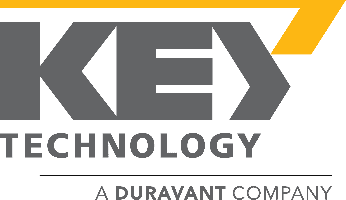The Evolution of Meat Processing Equipment for Global Buyers
The global meat processing equipment market has undergone significant transformation in recent years, driven by advancements in technology and increasing consumer demands for efficiency and food safety. According to a report by Market Research Future, the meat processing equipment market is projected to grow at a compound annual growth rate (CAGR) of 4.8% from 2021 to 2027. This growth can be attributed to the rising consumption of meat products worldwide, which has surged due to population growth and changing dietary patterns. As a result, manufacturers are investing heavily in innovative meat processing equipment that not only enhances productivity but also optimizes resource utilization and minimizes waste.
In addition to technological advancements, there is an increasing emphasis on ensuring the quality and safety of meat products throughout the production process. The global meat processing market is experiencing a paradigm shift, with meat processors adopting sophisticated machinery that complies with stringent regulatory standards and consumer preferences for transparency and sustainability. As highlighted in a report by Grand View Research, the demand for automated systems and smart processing solutions is on the rise, reflecting the industry's transition towards more integrated and efficient operations. This blog will explore the evolution of meat processing equipment, highlighting key innovations and trends that are shaping the future of this vital sector.
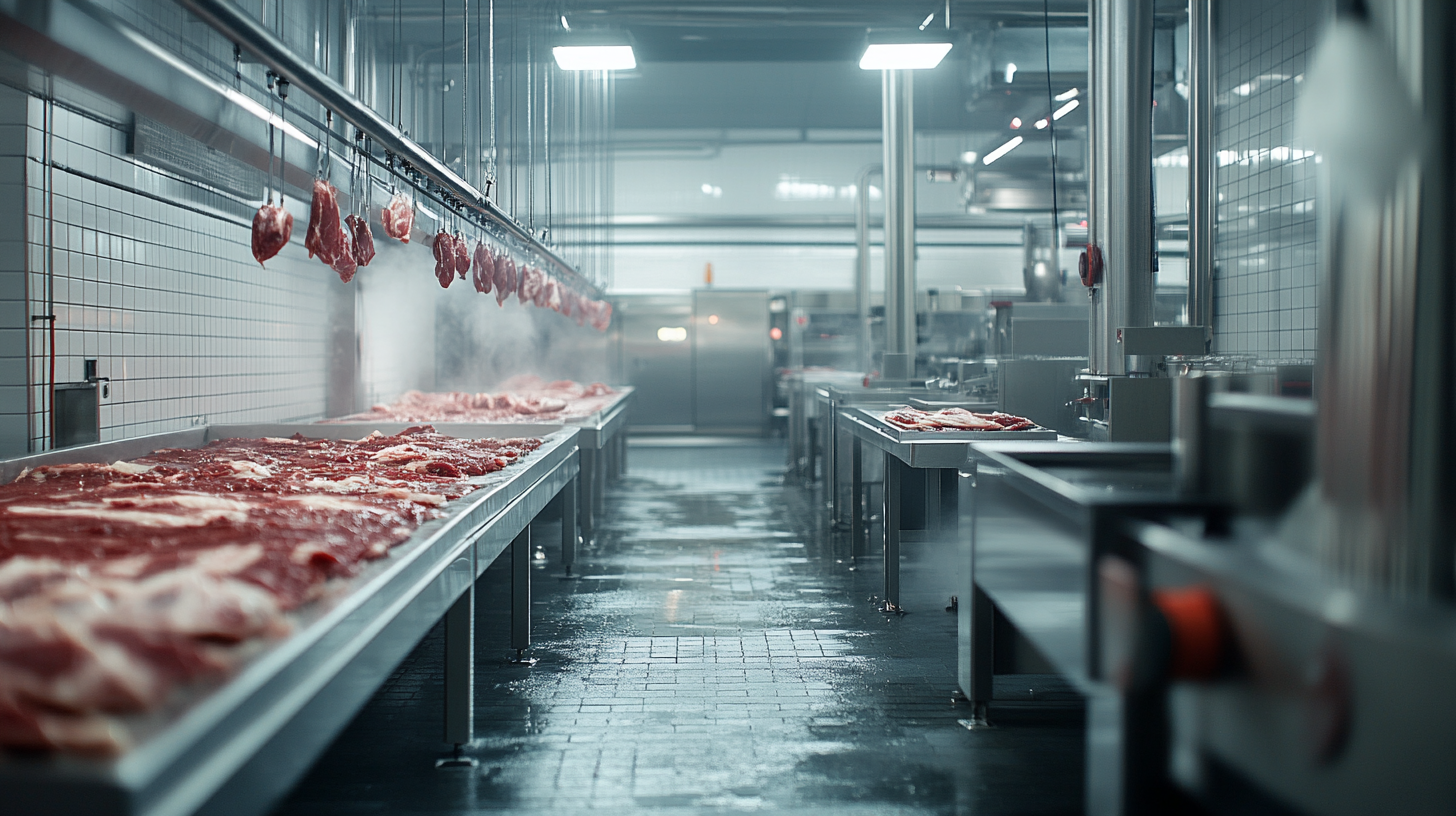
The Historical Development of Meat Processing Equipment: A Timeline
The historical development of meat processing equipment is a fascinating journey that reflects advancements in technology and consumer demands. In the early 19th century, the meat industry relied on rudimentary tools such as knives and manual grinders. According to a report by the Food and Agriculture Organization, these primitive methods resulted in inefficiencies and inconsistent product quality. The introduction of steam-powered machines in the late 1800s revolutionized meat processing, allowing for faster production rates and improved hygiene standards. By the mid-20th century, the industry witnessed the emergence of electric equipment, which significantly enhanced processing capabilities. Data from the International Meat Secretariat suggests that the global meat processing equipment market grew at a CAGR of 7% between 1960 and 2000, driven by innovations such as automated slicers and vacuum packaging machines. These developments not only increased operational efficiency but also helped extend the shelf life of meat products, responding to the growing consumer preference for convenience and quality. In recent years, advancements in technology have led to the integration of smart equipment and data analytics into meat processing. According to a report by Mordor Intelligence, the global meat processing equipment market is expected to reach $18 billion by 2025, fueled by the rise of automation and IoT (Internet of Things). This shift allows processors to monitor production in real-time, optimize workflows, and ensure compliance with safety standards, marking a pivotal step toward the future of meat processing.
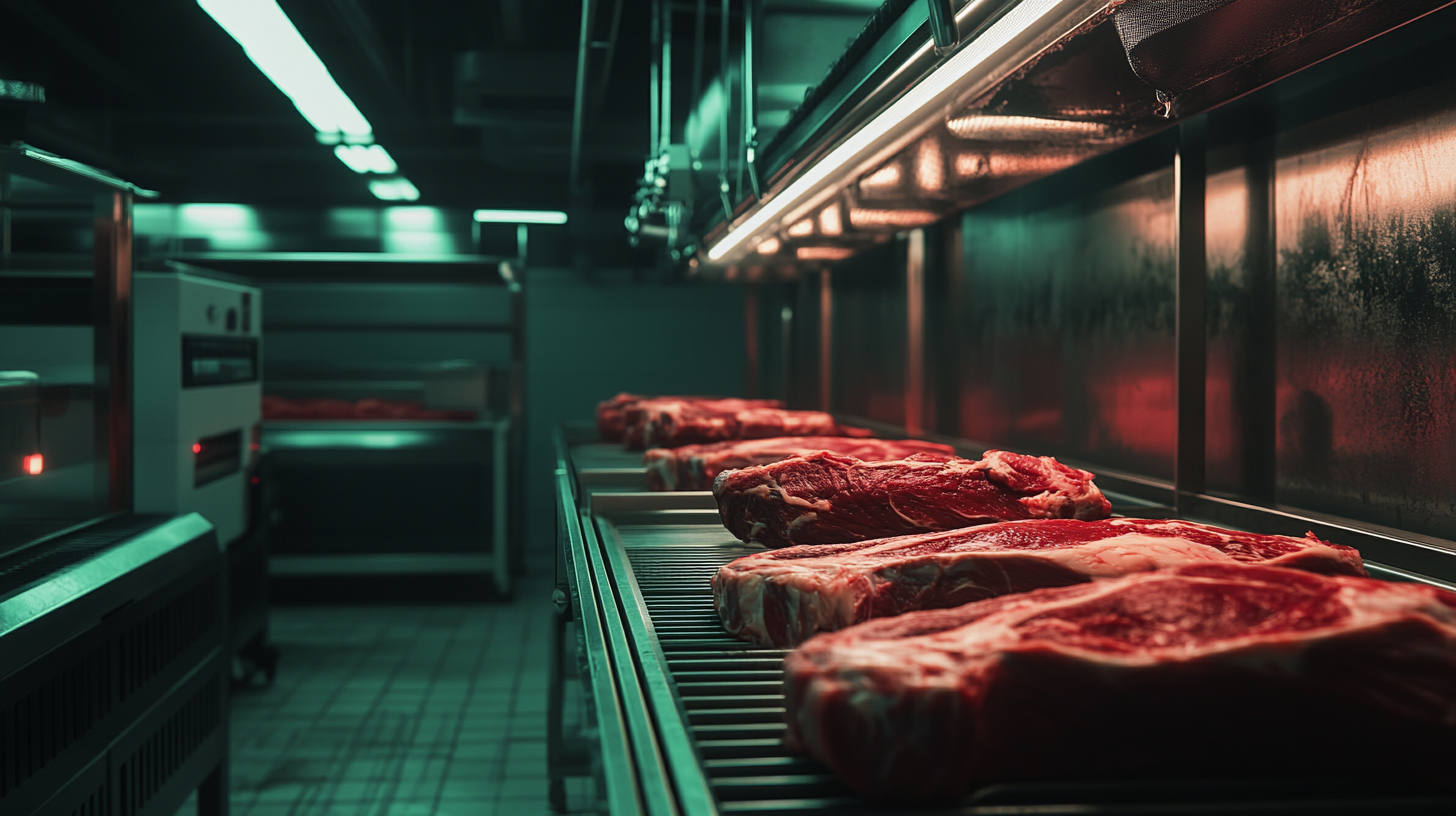
Key Technological Innovations Impacting Meat Processing Efficiency
The meat processing industry is undergoing a significant transformation driven by technological innovations that enhance efficiency and sustainability. One of the key advancements is the adoption of automation in processing equipment. The integration of robotic systems and artificial intelligence into meat processing has allowed for increased precision and speed, ultimately leading to higher production rates and lower operational costs. These innovations enable processors to meet growing global demand while ensuring quality and safety standards are maintained.
Additionally, advancements in data analytics are revolutionizing meat processing operations. By utilizing predictive analytics, companies can optimize their supply chains and reduce waste. This technology allows for real-time monitoring of production processes, enabling operators to make informed decisions swiftly. As the industry faces challenges such as fluctuating demand and resource constraints, these analytical tools play a crucial role in enhancing overall operational efficiency.
Sustainability is another focal point of technological innovation in meat processing. New processing techniques that utilize less water and energy, along with methods to enhance the shelf life of meat products, are increasingly being adopted. These changes not only benefit the environment but also cater to the growing consumer demand for eco-friendly practices. As the industry evolves, it will continue to leverage technology to improve efficiencies and respond to global market demands effectively.
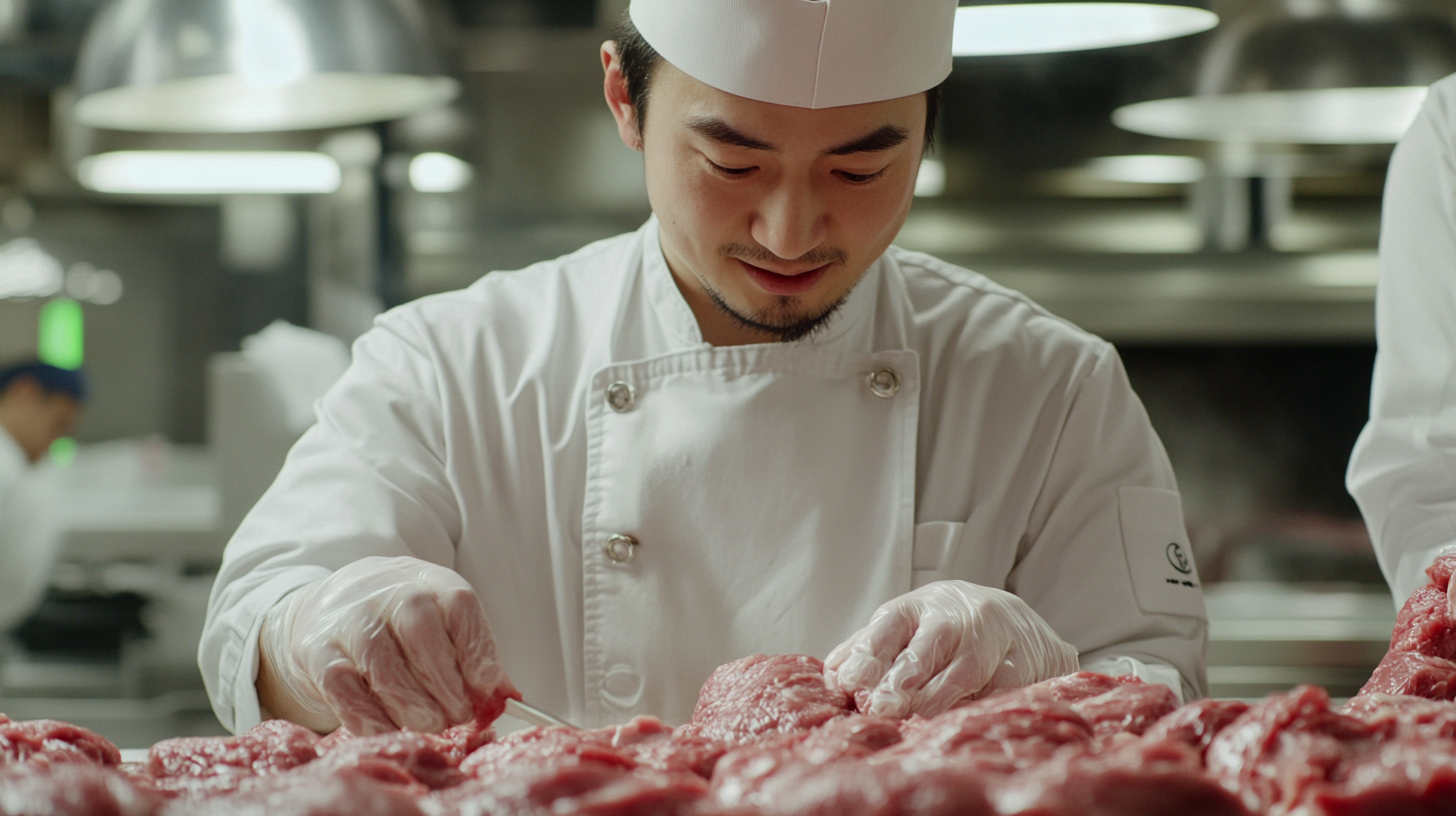
Global Market Trends: Demand for Advanced Meat Processing Solutions
The demand for advanced meat processing solutions is surging in response to global market trends shaped by the increasing consumption of meat and fish. The meat processing equipment market is projected to expand significantly, with an estimated size of USD 11.86 billion in 2025, expected to reach approximately USD 18.28 billion by 2034. This growth represents a compound annual growth rate (CAGR) of about 4.9% from 2025 to 2030, emphasizing the rising preference for more sophisticated and efficient processing technologies.
As poultry farming continues to thrive, expected to generate around USD 6.7 billion in sales by 2034, automation remains a key driver of efficiency in meat processing. Innovations in equipment and processes are essential to meet the evolving needs of producers. Moreover, the global vacuum packaging market, projected to be valued at $32.91 billion in 2025 and reaching $50.04 billion by 2032, indicates the increasing importance of advanced packaging solutions in enhancing product shelf life and maintaining meat quality.
The integration of smart technologies and data analytics into meat processing is creating new opportunities for market players. Livestock monitoring systems, featuring smart wearables, are on the rise, further facilitating operational enhancements. This technology-driven approach is pivotal for producers looking to optimize their supply chains and respond effectively to the growing global appetite for meat products.
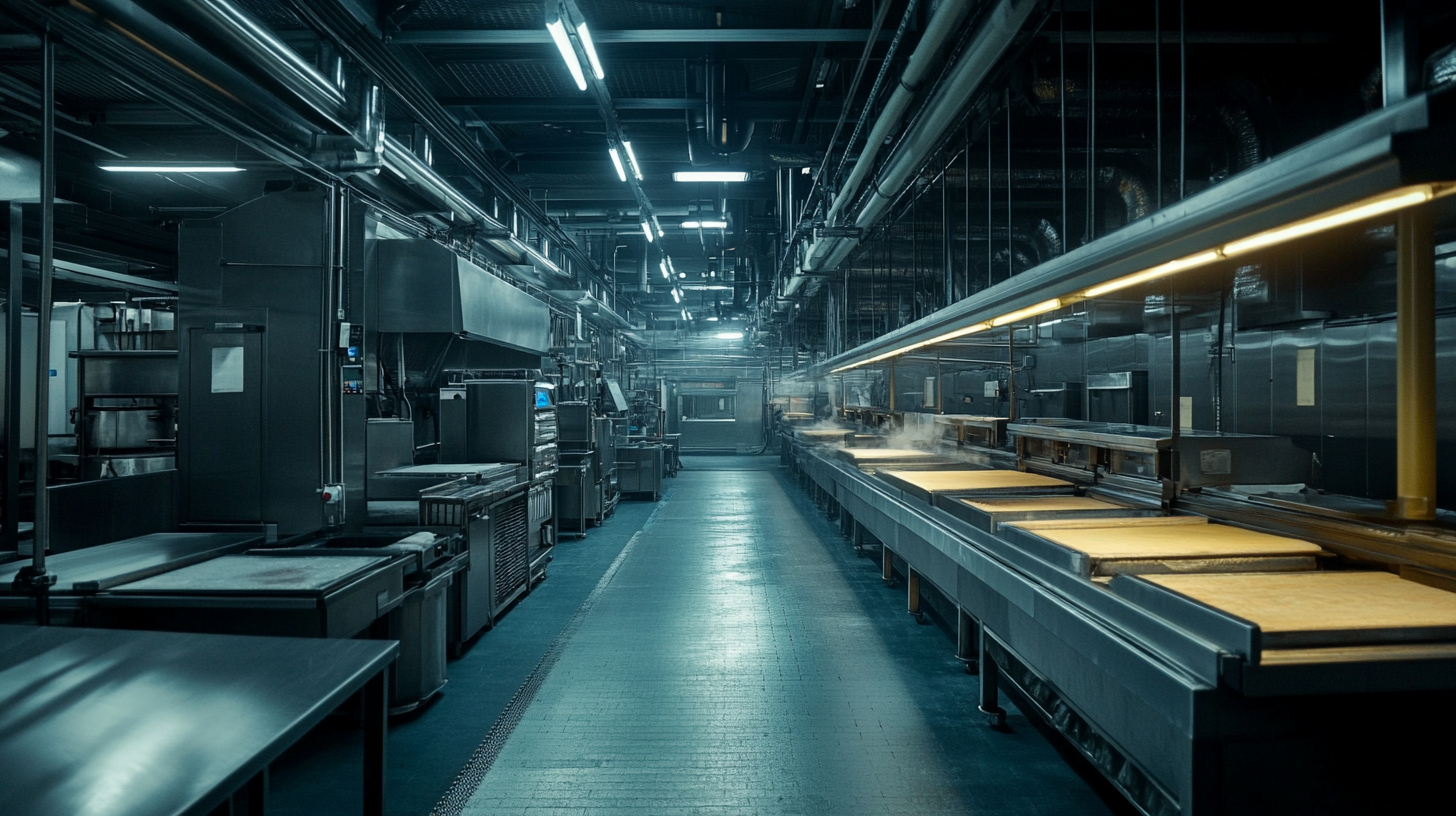
Sustainability in Meat Processing: Equipment Evolution and Eco-Friendly Practices
The meat processing industry has seen significant advancements in technology, emphasizing sustainability as a core principle. As global buyers seek eco-friendly practices, meat processing equipment has evolved to meet these demands. Innovations in machinery now incorporate energy-efficient motors, reducing power consumption during operation. These machines are not only designed to perform effectively but also minimize their environmental impact, showcasing a commitment to sustainable production methods.
Additionally, manufacturers are increasingly utilizing recyclable materials in their equipment designs. This shift not only decreases waste but also promotes a circular economy within the industry. By choosing equipment made from sustainable materials, processors can enhance their brand reputation while appealing to environmentally conscious consumers. Innovations such as vacuum packing machines that actively reduce food spoilage further reflect the industry’s dedication to sustainability, as they extend shelf life and reduce the carbon footprint associated with food waste.
Moreover, advancements in digital technology are making meat processing more efficient and less resource-intensive. Smart equipment equipped with sensors allows for real-time monitoring of energy use and waste production, providing processors with valuable data to optimize their operations. By adopting such technology, companies can significantly decrease their ecological footprint, aligning profit motives with environmental responsibility. Overall, the evolution of meat processing equipment reflects a larger trend towards sustainability that benefits both the industry and the planet.
Future Predictions: The Role of Automation and AI in Meat Processing Equipment
The meat processing industry is undergoing a transformation driven by automation and artificial intelligence (AI). As global demand for meat rises, the need for efficiency and precision in processing methods becomes crucial. Automation technologies have significantly improved production rates while minimizing human error, leading to higher quality meat products and reduced operational costs. In factories where robotic systems take over repetitive tasks, workers can focus on more complex roles that require human judgment and creativity, essential elements for innovation.
AI plays a pivotal role in this evolution, especially in predictive maintenance and quality control. By leveraging data analytics, AI systems can predict when machines will need servicing, reducing downtime and maintenance costs. Furthermore, AI algorithms can analyze thousands of data points during processing to enhance food safety and consistency, identifying potential contaminants faster than human inspectors. This integration of AI not only ensures compliance with stringent safety regulations but also boosts consumer confidence in meat products.
Looking to the future, the continuous integration of automation and AI in meat processing will redefine industry standards. As these technologies become more accessible and affordable, small to medium enterprises will also adopt advanced solutions, ensuring a competitive market landscape. In this dynamic environment, meat processing equipment will evolve to become smarter, more efficient, and ultimately more sustainable, catering to the demands of a growing global population while upholding ethical standards in food production.




